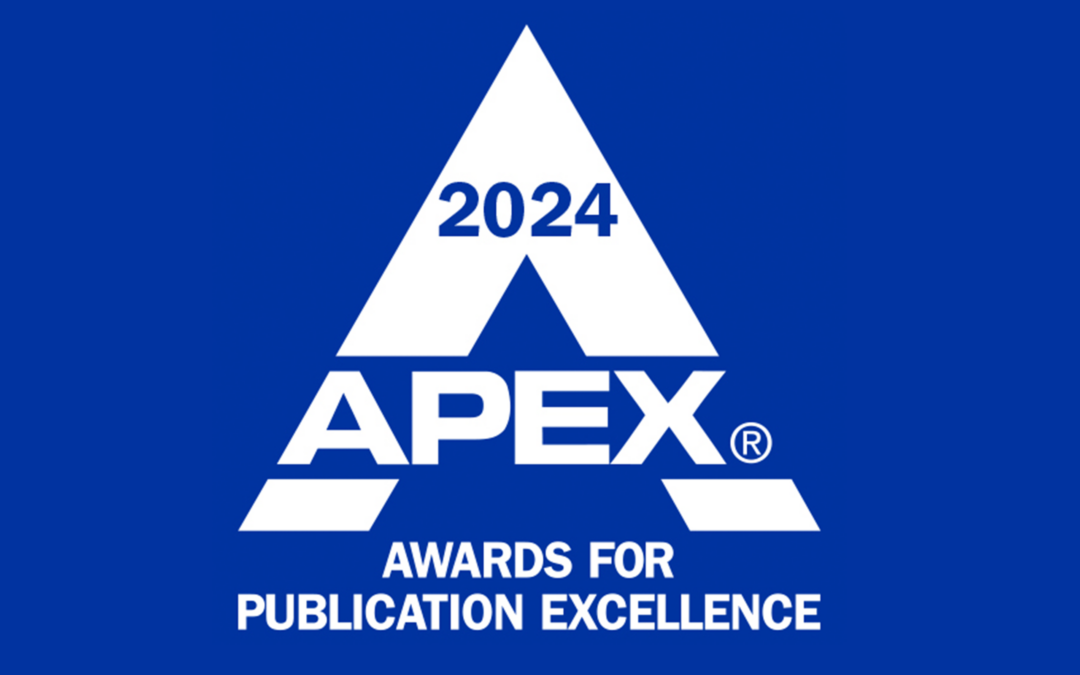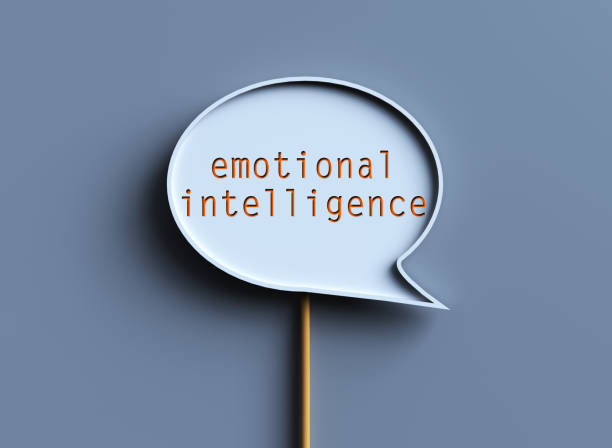So what can we expect from AI and communications in 2025? Here are five exciting trends that are set to transform the industry.
1. Hyper-personalized customer experiences
In 2025, AI will take personalization to new heights, enabling businesses to deliver hyper-personalized communications at scale. While personalized content has been around for years, the next generation of AI will use deeper insights, behavioral analysis, and real-time data to create content that feels entirely custom for every individual.
For example:
- AI will not just suggest content but will actively generate personalized text, video, and even audio that matches a user’s preferences, search history, and social media activity.
- Through predictive analytics, AI will anticipate a customer’s needs and adjust messages accordingly, creating a seamless, personalized experience across email, chatbots, social media, and even voice interactions
2. Voice and conversational AI becoming mainstream
Voice interfaces and conversational AI are set to play an even bigger role in communications by 2025. With the growth of voice assistants such as Alexa, Siri, and Google Assistant, businesses will increasingly adopt voice technology for customer service, marketing, and brand engagement. The lines between human and AI-driven conversations will blur even more, allowing businesses to interact with customers in a more natural and engaging manner.
For example:
- With more people using voice assistants to search for products, services, and information, AI will help optimize content to be voice friendly. Expect to see a shift in SEO strategies to focus on natural language and conversational queries.
- We’ll see AI systems that integrate voice and text to create seamless communication experiences. This could look like AI starting a conversation via voice, then transitioning to a text chat or email, depending on the user’s preferences.
- Advanced, AI-powered virtual assistants will handle customer inquiries, provide 24/7 support, schedule meetings, and offer real-time, actionable insights in voice or chat form, making it easier for businesses to scale their communications efforts.
3. AI-driven real-time language translation
As global business becomes even more interconnected, language barriers are becoming a significant challenge. AI-driven translation tools, however, are improving rapidly, with new developments expected to make real-time communication in multiple languages effortless. This technology will empower businesses to expand into new regions with ease and communicate effectively with customers and partners across language barriers.
For example:
- By 2025, AI will power real-time translation not only for text-based content but also for audio and video calls, allowing teams, partners, and customers to communicate seamlessly in their preferred languages.
- Advanced AI will go beyond literal translation, understanding context, idiomatic expressions, and cultural nuances to provide more accurate translations. This will be particularly useful for global marketing campaigns, sales, and customer support.
4. AI for sentiment analysis and emotional intelligence
As AI grows more sophisticated, its ability to understand and respond to human emotions will improve significantly. In 2025, AI will not only help businesses understand how customers feel about their products but also enable companies to adjust their communications strategies in real time based on those emotional cues.
For example:
- By analyzing voice tone, facial expressions, and word choice, AI will assess customer emotions during interactions and adapt responses accordingly. This will allow brands to provide more empathetic customer support and marketing communication.
- AI will process vast amounts of data from social media, customer reviews, and online discussions to provide brands with real-time insights into public sentiment. Marketers will be able to tailor their messages based on the mood of the audience, driving more targeted campaigns.
5. AI-powered crisis communication
In the fast-paced world of business and media, managing a crisis effectively is crucial. AI will play an increasingly important role in helping businesses respond quickly to PR crises, mitigate damage, and communicate transparently with stakeholders.
For example:
- AI will analyze real-time data from social media, news outlets, and customer feedback to identify emerging issues before they escalate. It will then help businesses craft responses, issue statements, and monitor the situation in real time.
- In urgent situations, AI can help generate responses to media inquiries, social media posts, or customer service messages, ensuring that the brand maintains a consistent voice while addressing the crisis swiftly.
As AI continues to evolve, businesses that harness its power will be able to communicate more effectively, engage audiences on a deeper level, and create more meaningful relationships with customers. Those who navigate this new landscape with responsibility and foresight will be best positioned to thrive in the AI-driven communications era. The future is fast approaching, and AI is the key to unlocking a new era of communication in 2025 and beyond.









